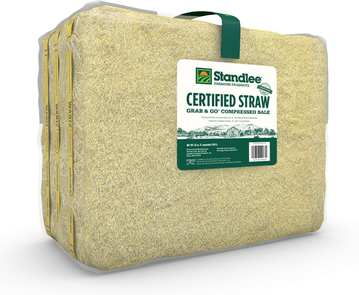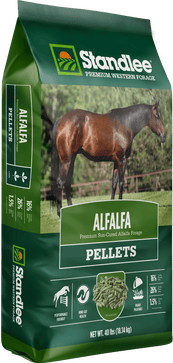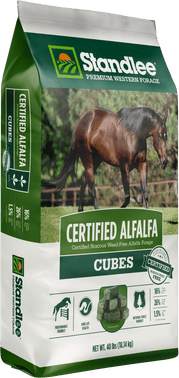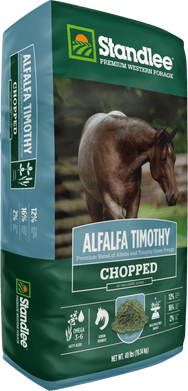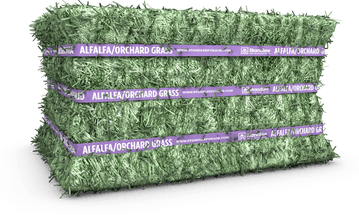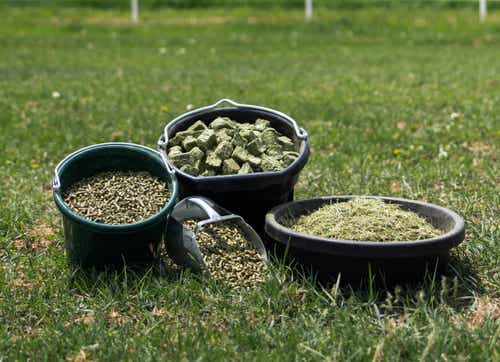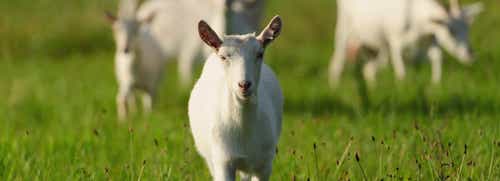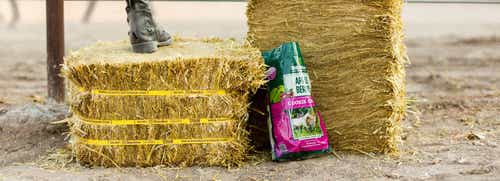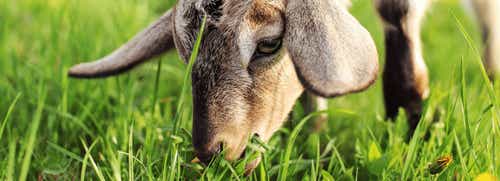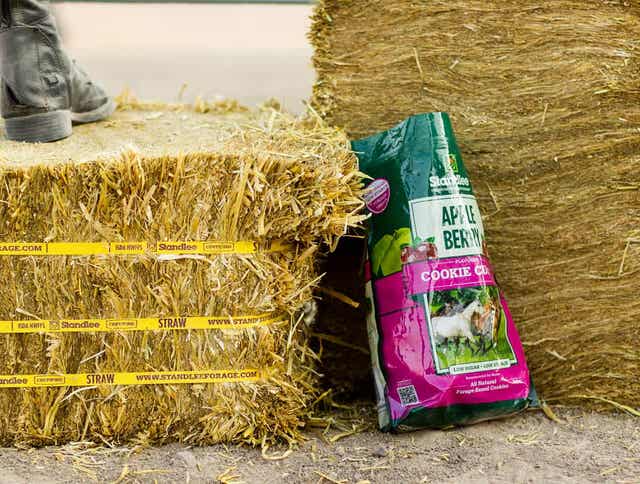
What is the Difference Between Hay, Straw and Premium Forage?
Do you know what the difference is between hay, straw and premium forage? Some of these terms are incorrectly used interchangeably. Let’s get to the bottom of these differences!
Hay
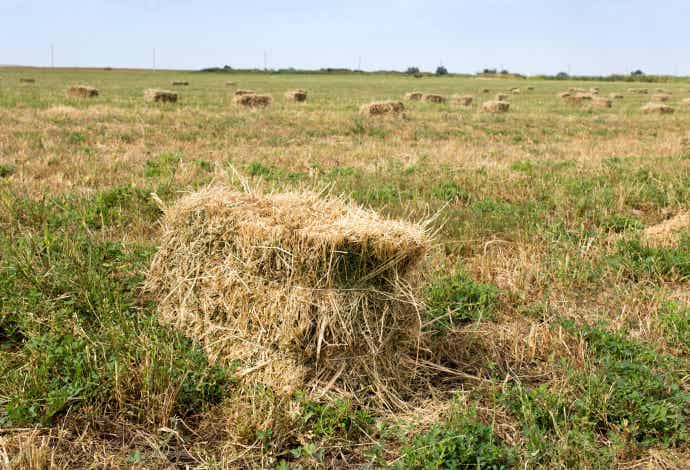
Many misconceptions exist with the term “hay.” By definition, hay is cut plant material that is dried, stored and fed to animals, such as horses, cows, sheep, goats and others. With such a broad definition, the term hay can conjure up many different ideas related to type and quality grade. Terms such as “cow hay,” “dairy hay” and “horse hay,” all mean something different to animal owners, based on the quality and variety of the hay. “Cow hay” is generally viewed as lower quality hay that is ideal for most beef cattle. “Dairy hay” is an extremely high protein, high energy hay suitable to support milk production in dairy animals. “Horse hay” is extremely clean, no dust or mold, hay that contains moderate levels of both protein and energy.
Straw
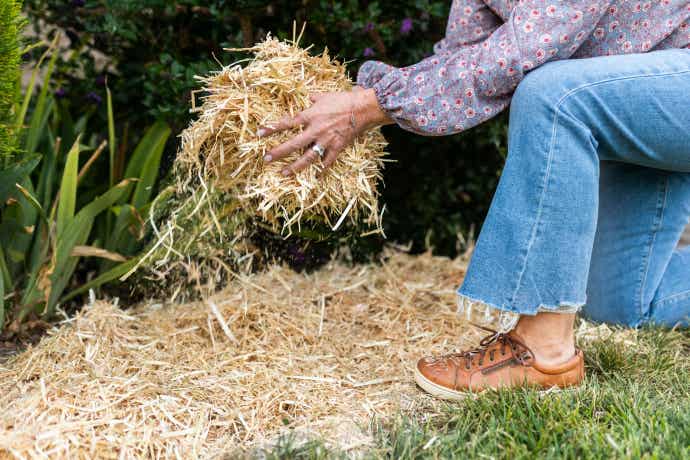
Horse, livestock and pet owners also use the term “straw.” Straw is not hay and hay is not straw. Straw is an agricultural by-product consisting of the dry stalks of cereal plants (e.g., wheat or barley) after the grain has been harvested. It contains a significant amount of non-digestible fiber (lignin) that causes intestinal impaction (blockage) in animals that consume large volumes. Straw is primarily used for animal bedding (e.g., chickens, dogs, small companion animals, etc.). Our nutritionist at Standlee Premium Western Forage® does not recommend using straw as bedding for horses or mules that tend to consume it. However, straw can be incorporated into the diets of donkeys because of their ability to digest poorer quality fiber. In addition, the low-calorie value of straw helps donkeys avoid obesity that often occurs when these animals are fed high energy alfalfa or grass. Straw can also work well as mulch for gardens.
Featured Straw Products:
Premium Forage
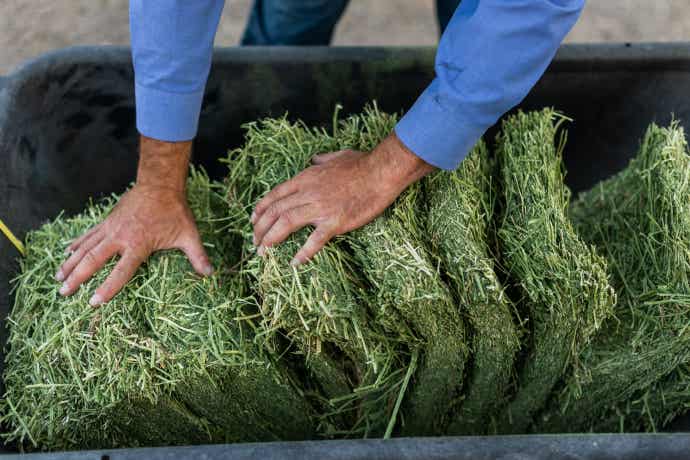
At Standlee Premium Western Forage, we utilize the term “premium forage.” Premium forage is a term to indicate high-quality plant material (e.g., alfalfa, timothy grass, orchard grass, teff grass) that is harvested at the optimal stage of maturity to maximize nutrient content and then properly stored to prevent environmental damage. These premium forages are then packaged into bales, compressed bales, pellets, cubes and chopped physical forms. This makes premium forage the best choice for feeding your horse, livestock or small animal. We take the guesswork out of hay and replace it with premium forage that can be fed to your animals.
Featured Premium Forage Products:
If you have questions, please contact the nutritionist at Standlee Premium Western Forage, or consult with your veterinarian.
By Dr. Stephen Duren
Performance Horse Nutrition



